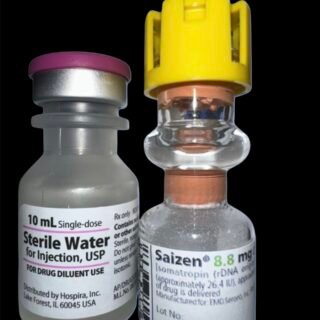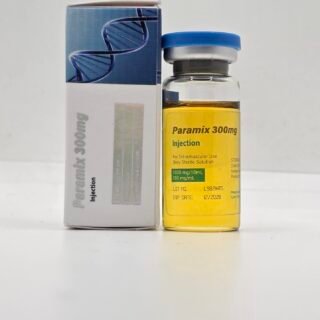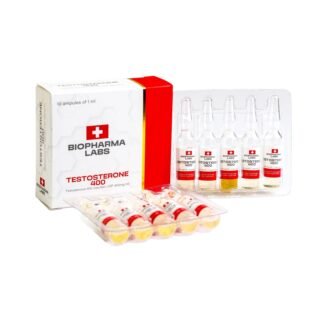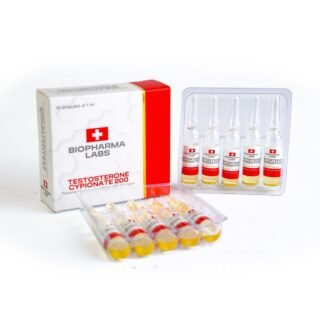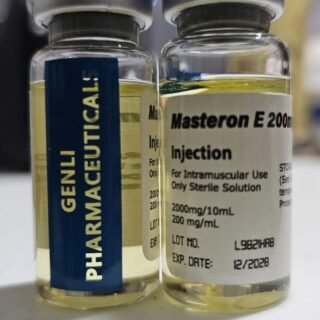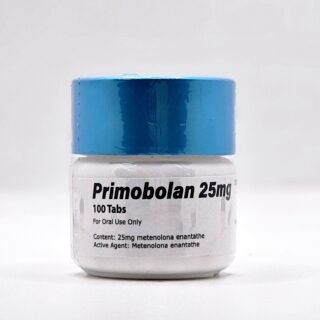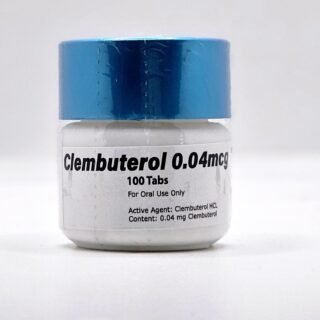Category
- Best Peptides for muscle growth
- Geno Pharma Domestic Warehouse 2 (Canada&USA)
- GP(Domestic Shipping US) Warehouse 1
- Human Pharma Premium
- Phar Labs Premium-Select
- Steroids on Sale USA, Real Steroids Online
- New arrivals in USA
- Most popular steroids in USA
- Antiestrogens / Gonadotropins
- Bangkok Steroid USA
- Biopharma Steroid USA
- British Dragon
- Anabolic Steroids for Horses
- Fat-burners
- Gen Pharma USA
- Medical Pharma Steroid USA
- Medical Tech Steroid USA
- Novocrine Steroids
- HGH USA
- Omega Labs Steroid USA
- Rotterdam Steroids USA
- SARMs USA
- Sciroxx
- Sydgroup Steroid USA
- Big vetenary Steroid USA
- Watson Steroids
- XT Labs Steroids
Most Popular steroids USA
-
 Saizen 8.8 mg (Somatropin) 26.4 UI Domestic USA
Saizen 8.8 mg (Somatropin) 26.4 UI Domestic USA
$115.00Original price was: $115.00.$98.00Current price is: $98.00. -
 PARAMIX 300 Genli Pharma – Trenbolone A, E & Hexa Mix 10 ml
PARAMIX 300 Genli Pharma – Trenbolone A, E & Hexa Mix 10 ml
$110.00Original price was: $110.00.$99.00Current price is: $99.00. -
 Testosterone 400 Biopharma 10 Ampoules
Testosterone 400 Biopharma 10 Ampoules
$99.00Original price was: $99.00.$75.00Current price is: $75.00. -
 Testosterone Cypionate 200 Biopharma 10 amp
Testosterone Cypionate 200 Biopharma 10 amp
$99.00Original price was: $99.00.$72.00Current price is: $72.00. -
 Drostanolone Enanthate 200mg 10 ml - Masteron Enanthate
Drostanolone Enanthate 200mg 10 ml - Masteron Enanthate
$110.00Original price was: $110.00.$90.00Current price is: $90.00. -
 Primobolan Pills 25mg 100 pills Domestic USA
Primobolan Pills 25mg 100 pills Domestic USA
$99.00Original price was: $99.00.$85.00Current price is: $85.00. -
 Clenbuterol for Sale 40mcg 100 Tabs - GP Premium Domestic USA
Clenbuterol for Sale 40mcg 100 Tabs - GP Premium Domestic USA
$99.00Original price was: $99.00.$65.00Current price is: $65.00.

Tetrahydrogestrinone (THG) – The Infamous Designer Steroid in Sports
Tetrahydrogestrinone Introduction:
Tetrahydrogestrinone (THG), also known as The Clear, is a synthetic anabolic steroid and a designer drug that gained notoriety in the world of sports due to its involvement in the BALCO doping scandal. Developed in the late 20th century, THG was specifically formulated to evade detection in standard drug tests, making it a powerful yet elusive performance-enhancing substance. This article explores the history, effects, detection methods, and ethical implications surrounding THG, shedding light on the importance of maintaining fair play and integrity in sports.
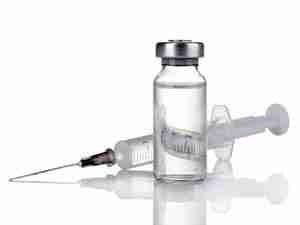
History of THG
THG was first synthesized in the 1990s by a chemist working for the Bay Area Laboratory Co-operative (BALCO), a sports Supplement Company based in California. Its creation aimed to develop an undetectable anabolic steroid for athletes seeking an unfair advantage in competition. For years, THG remained virtually invisible in routine drug testing until a whistleblower exposed its use in professional sports, leading to one of the most significant doping scandals in history.
Effects and Mechanism of Action
THG is a potent anabolic steroid that binds to androgen receptors in muscle tissues, promoting protein synthesis and muscle growth. It also enhances nitrogen retention, leading to increased recovery and endurance. Athletes using THG may experience rapid muscle gains, improved strength, and enhanced performance. However, these effects come with severe health risks, including liver damage, cardiovascular issues, hormonal imbalances, and psychological disturbances.
Detection and Testing
Due to its clandestine origins, THG initially eluded standard drug tests. However, advancements in anti-doping technology enabled the identification of THG metabolites, allowing sports organizations to develop targeted tests for its detection. Presently, THG is detectable in urine and blood samples using specialized gas chromatography-mass spectrometry (GC-MS) techniques. Anti-doping agencies have since integrated THG testing into their screening protocols to catch athletes engaged in illicit drug use.
Ethical Implications and Anti-Doping Efforts
The use of THG and other designer steroids in sports raises profound ethical concerns. Doping undermines the principles of fair competition, tarnishes the credibility of sports, and betrays the trust of fans. To combat doping and protect the integrity of sports, numerous anti-doping agencies, including the World Anti-Doping Agency (WADA), have implemented strict regulations and testing programs. Athletes found guilty of doping may face severe penalties, such as suspensions, loss of medals, fines, and damage to their reputation.
Conclusion:
Tetrahydrogestrinone (THG) remains a significant symbol of the dark side of sports, highlighting the need for stringent anti-doping measures and ethical conduct in athletics. As athletes and sports organizations continue their collective efforts to uphold fair play and maintain the spirit of competition, it is essential to remain vigilant against the use of banned substances like THG. Emphasizing natural training methods, ethical supplementation, and respect for the rules of fair play will help ensure the integrity and longevity of sports as a symbol of human excellence and determination.
Share this page:
- Click to share on X (Opens in new window) X
- Click to share on Facebook (Opens in new window) Facebook
- Click to email a link to a friend (Opens in new window) Email
- Click to share on LinkedIn (Opens in new window) LinkedIn
- Click to share on Reddit (Opens in new window) Reddit
- Click to share on Pinterest (Opens in new window) Pinterest
- Click to share on Telegram (Opens in new window) Telegram
- Click to share on WhatsApp (Opens in new window) WhatsApp
- Click to share on Tumblr (Opens in new window) Tumblr
Pay with WISE APP or Remitly
Pay with WISE App or Remitly
Fast money transfers from USA for fast delivery of steroids
Secure delivery in USA
100% reliable shipping in USA
24x7 Support
Online 24 hours
Low cost delivery
Great shipping prices in USA
BULK ORDER DISCOUNT
If you are a reseller in the USA you can get a special DISCOUNT, we can give you up to 50% or more on bulk orders. If you want to make a bulk order, we can negociate for orders of over USD$4,000, contact us by email.
Steroids info




